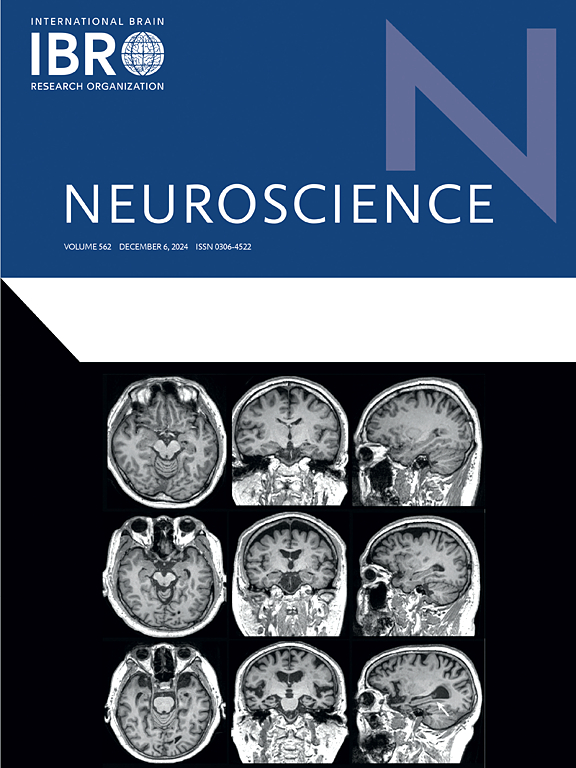Potential therapeutic targets for Alzheimer’s disease: Fibroblast growth factors and their regulation of ferroptosis, pyroptosis and autophagy
IF 2.9
3区 医学
Q2 NEUROSCIENCES
引用次数: 0
Abstract
Alzheimer’s disease (AD) is a progressively worsening neurodegenerative disorder characterized primarily by the deposition of amyloid beta (Aβ) plaques in the brain and the abnormal aggregation of tau protein forming neurofibrillary tangles. These pathological changes lead to impaired neuronal function and cell death, subsequently affecting the structure and function of the brain. Fibroblast growth factors (FGFs) are a group of proteins that play crucial roles in various biological processes, including cell proliferation, differentiation, and survival. This article reviews the expression and regulation of FGFs in the central nervous system and how they affect neuronal survival, as well as the changes in FGF signaling pathways and its regulation of programmed cell death in AD. It particularly focuses on the impact of FGF1, FGF2, FGF21, other members of the FGF family, and FGFR on the pathophysiological mechanisms of AD. The potential of the PI3K/AKT/GSK-3β, Wnt/β-catenin, and NF-κB signaling pathways as targets for AD treatment is also discussed. Furthermore, the relationship between FGF-regulated ferroptosis, Pyroptosis and Autophagy and AD is explored, along with the role of these mechanisms in improving the progression of AD.
阿尔茨海默病的潜在治疗靶点:成纤维细胞生长因子及其对铁蛋白沉积、热蛋白沉积和自噬的调控。
阿尔茨海默病(AD)是一种逐渐恶化的神经退行性疾病,其主要特征是大脑中β淀粉样蛋白(a β)斑块的沉积和tau蛋白的异常聚集形成神经原纤维缠结。这些病理变化导致神经元功能受损和细胞死亡,进而影响大脑的结构和功能。成纤维细胞生长因子(FGFs)是一组在多种生物过程中发挥重要作用的蛋白质,包括细胞增殖、分化和存活。本文综述了FGF在中枢神经系统中的表达调控及其对神经元存活的影响,以及FGF信号通路的变化及其对AD中程序性细胞死亡的调控。它特别关注FGF1, FGF2, FGF21, FGF家族的其他成员以及FGFR对AD病理生理机制的影响。本文还讨论了PI3K/AKT/GSK-3β、Wnt/β-catenin和NF-κB信号通路作为AD治疗靶点的潜力。此外,我们还探讨了fgf调控的铁下垂、焦下垂和自噬与AD之间的关系,以及这些机制在促进AD进展中的作用。
本文章由计算机程序翻译,如有差异,请以英文原文为准。
求助全文
约1分钟内获得全文
求助全文
来源期刊

Neuroscience
医学-神经科学
CiteScore
6.20
自引率
0.00%
发文量
394
审稿时长
52 days
期刊介绍:
Neuroscience publishes papers describing the results of original research on any aspect of the scientific study of the nervous system. Any paper, however short, will be considered for publication provided that it reports significant, new and carefully confirmed findings with full experimental details.
 求助内容:
求助内容: 应助结果提醒方式:
应助结果提醒方式:


